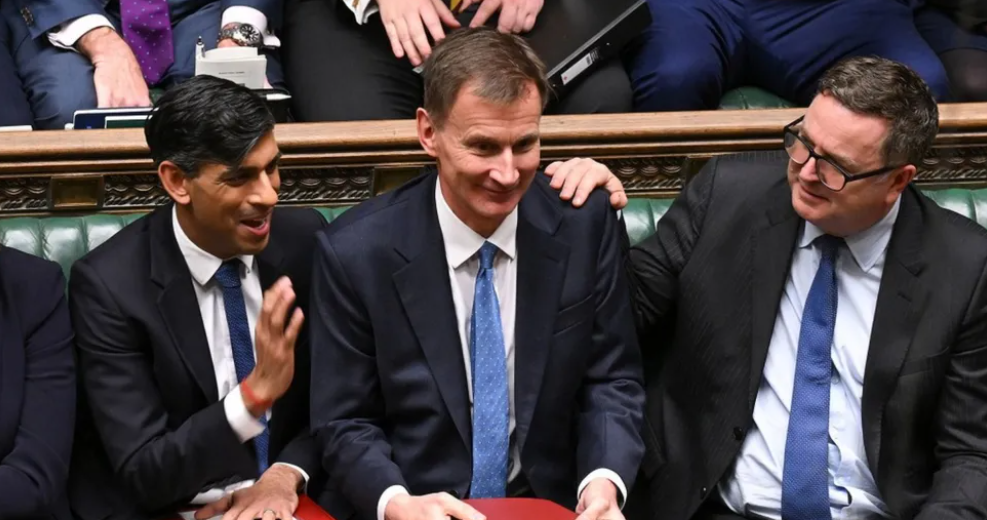Amidst the deluge of information in the Autumn Statement, three key elements take center stage: living standards, the tax burden, and tax cuts. The government, particularly Prime Minister Jeremy Hunt, has emphasized tax cuts as a focal point of their economic strategy.
- Living Standards:
- The Office for Budget Responsibility (OBR) forecasts a 3.5% decrease in real household disposable income per person in 2024-25 compared to pre-pandemic levels.
- While the forecast is better than previously expected, it still marks the most substantial reduction in real living standards since records began in the 1950s.
- Tax Burden and Cuts:
- Tax cuts, highlighted in the Autumn Statement, are expected to reduce the tax burden by 0.7% of GDP. However, the tax burden is projected to rise in every year, reaching a post-war high of 37.7% of GDP by 2028-29.
- The freeze on income tax thresholds, causing individuals to pay higher rates due to inflation, contributes to the growing tax burden. By 2028-29, nearly four million additional workers are expected to pay income tax, with three million entering a higher rate, and 400,000 paying the additional rate.
- Political Implications:
- The decision to freeze income tax thresholds presents a challenge for the government, as it results in more individuals paying higher rates without explicit policy changes.
- Labour has an opportunity to criticize the impact of frozen thresholds, providing an easy target for the opposition. However, if Labour were to win the next general election, they would inherit a challenging economic landscape.
- Both the Conservatives and Labour acknowledge the root challenge of the UK’s contemporary issues as a lack of growth, with attempts to stimulate economic activity being a central focus of the Autumn Statement.
In conclusion, the Autumn Statement reflects efforts to address economic challenges through tax cuts and attempts to boost growth. The impact on living standards and the evolving tax burden sets the stage for political discourse and potential future policy shifts.
